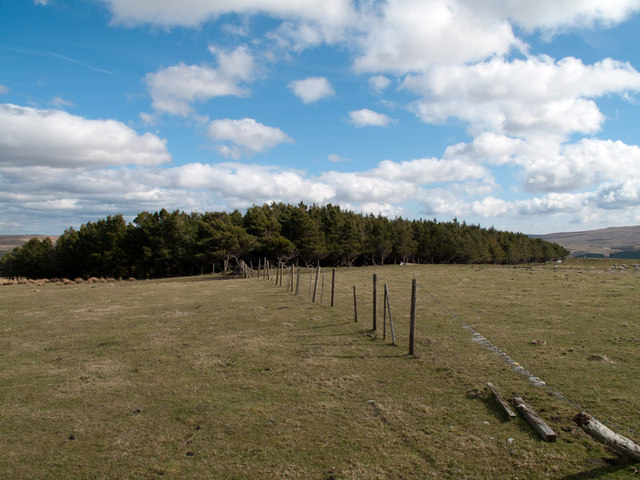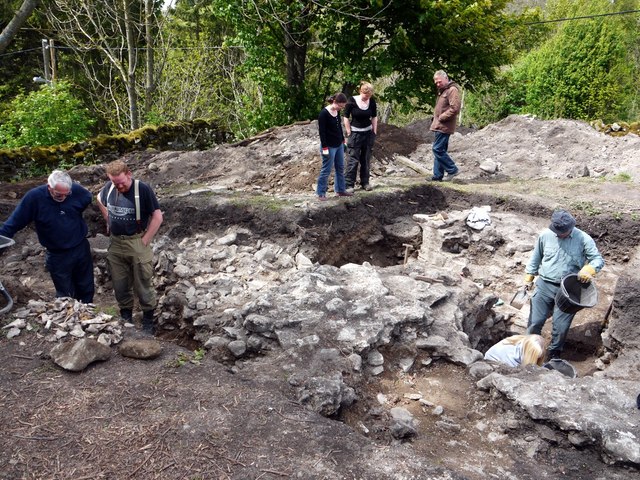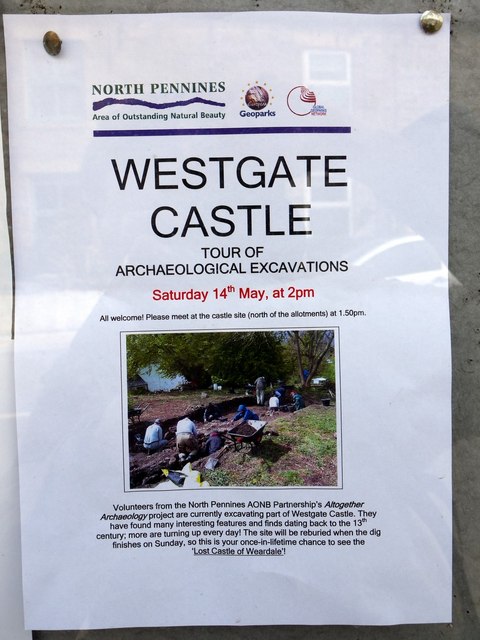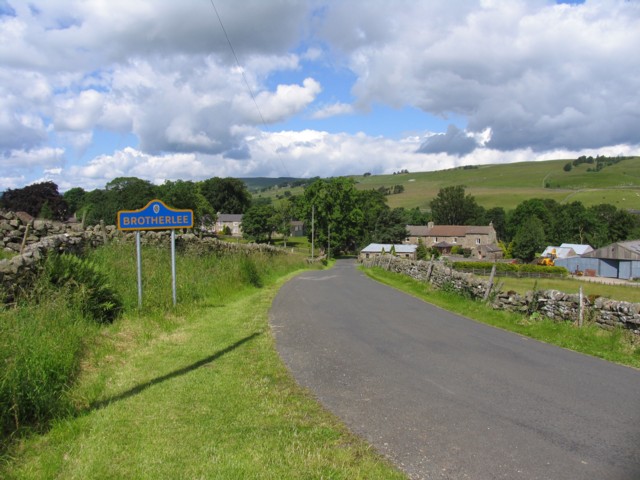Brotherlee
Settlement in Durham
England
Brotherlee

Brotherlee is a small village located in the county of Durham, England. Situated in the North East of the country, it is part of the larger rural area known as the Durham Dales. The village is nestled in a picturesque valley and is surrounded by rolling hills, making it a popular destination for nature enthusiasts and outdoor activities.
With a population of around 500 residents, Brotherlee retains its charming and close-knit community feel. It is known for its peaceful atmosphere and offers a tranquil escape from the hustle and bustle of city life. The village is predominantly residential, with a mix of traditional stone-built cottages and more modern houses.
Despite its small size, Brotherlee boasts a few amenities for its residents. This includes a local pub, The Durham Arms, which serves as a social hub for the community. Additionally, there is a small primary school that caters to the educational needs of the local children.
The surrounding countryside offers numerous opportunities for outdoor pursuits, such as hiking, cycling, and fishing. The nearby River Wear provides beautiful views and is a popular spot for anglers. The village is also within close proximity to the North Pennines Area of Outstanding Natural Beauty, which attracts visitors from far and wide.
Overall, Brotherlee offers a peaceful and idyllic lifestyle for its residents, with its stunning natural surroundings and strong sense of community making it a truly desirable place to live.
If you have any feedback on the listing, please let us know in the comments section below.
Brotherlee Images
Images are sourced within 2km of 54.734595/-2.119549 or Grid Reference NY9237. Thanks to Geograph Open Source API. All images are credited.















Brotherlee is located at Grid Ref: NY9237 (Lat: 54.734595, Lng: -2.119549)
Unitary Authority: County Durham
Police Authority: Durham
What 3 Words
///tell.stem.excellent. Near Stanhope, Co. Durham
Nearby Locations
Related Wikis
Brotherlee
Brotherlee is a small village in the civil parish of Stanhope, in County Durham, England situated on the south side of Weardale, between Stanhope and Daddry...
A689 road
The A689 is a road in northern England that runs east from the A595, 3.1 miles (5.0 km) to the west of Carlisle in Cumbria, to Hartlepool in County Durham...
Westgate, County Durham
Westgate is a village in the civil parish of Stanhope, in County Durham, England. It is situated in Weardale between St John's Chapel and Eastgate. In...
North Pennines
The North Pennines is the northernmost section of the Pennine range of hills which runs north–south through northern England. It lies between Carlisle...
Nearby Amenities
Located within 500m of 54.734595,-2.119549Have you been to Brotherlee?
Leave your review of Brotherlee below (or comments, questions and feedback).






